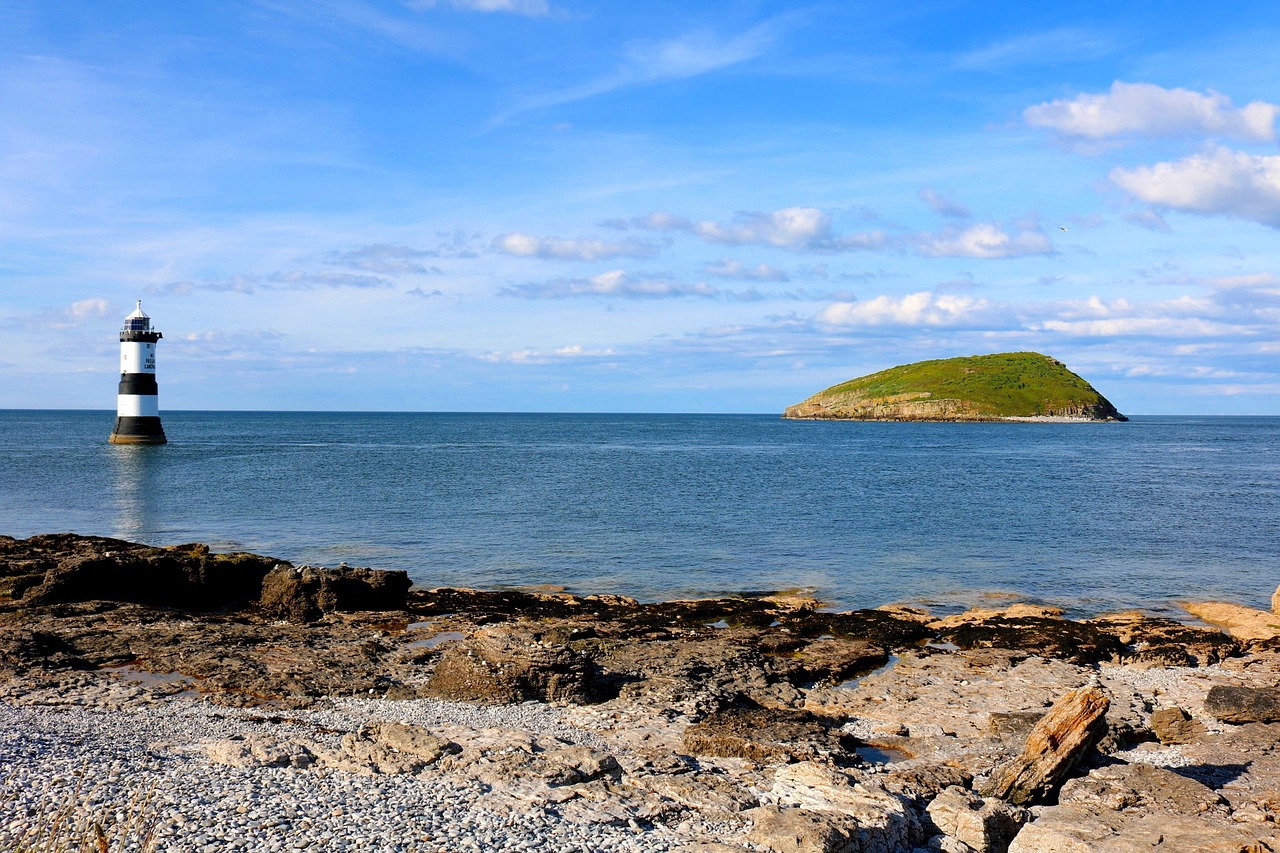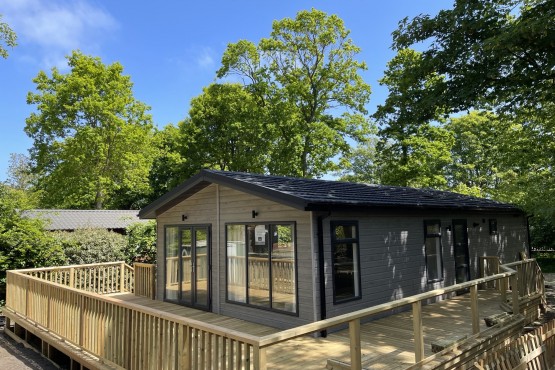How Do You Insulate A Static Caravan?
Static caravans are a fantastic way of owning a holiday home. Unlike their touring counterparts, static caravans spend the majority of their time in holiday parks. That explains why these vans are often referred to as holiday homes, holiday lodges, park homes, and mobile homes. Since they spend much of their time in holiday homes, static caravans require low ongoing maintenance. But whether you’re planning to buy a static caravan or already own one, you’ll soon realize that there are several challenges to contend with to enhance the van’s performance. Insulation is one of the major problems most static caravan owners face from time to time. Read on to find helpful tips to find out how to insulate a static caravan!
Without proper insulation, it may prove challenging to have a successful winter holiday in your static caravan. The fact that many static caravans are designed with minimal or no underfloor insulation complicates things even further. Fortunately, there are numerous ways to fix the problem of poor static caravan insulation and ensure every retreat in your mobile home is worthwhile. Read on for the best tips on how to insulate a static caravan.

Problems With Under-insulated Static Caravans
In your search for the best static caravans for sale in Scotland, you may stumble upon mobile homes that come with sufficient insulation. That’s especially true when dealing with reputable manufacturers.
Sadly, many static caravan manufacturers don’t give due consideration to insulation when designing their holiday homes. Underfloor insulation usually gets the least attention. That’s quite ironic, considering that static caravanners spend a great deal of their time walking on the caravan floor bare-footed. Depending on how chilly the conditions are, it may only be a matter of time before you come down with frostbite from walking barefoot on the floor of an under-insulated static caravan.
Rapid heat loss is another drawback of purchasing under-insulated static caravans. Poorly-insulated holiday homes lose heat much faster. This can be a significant concern, particularly during winter, when every calorie of heat is required to keep the caravan’s interior warmer and more habitable. In the same breath, rapid heat loss resulting from under-insulated caravans may put a strain on your gas or electric heaters. Before you know it, you could be coughing up hundreds of dollars in monthly heating bills.
Lastly, poor insulation can promote condensation and dampness in your caravan. Because you probably use the van only occasionally, you may not spot the dampness in time. By the time you do, the moisture may have caused expensive or irreparable damages to your caravan’s internal components.
Evidently, proper insulation is a primary requirement when looking for static caravans for sale. The good news is that static caravans are permanently perched on a parking ground. As these caravans are stationary, you can install as much insulation without worrying about adding unnecessary weight to the vehicle.
When planning to insulate your static caravan, it’s also recommended to consider both the floors, walls and even roof.

How to Insulate a Static Caravan
1. Upgrade Your Doors and Windows
Poor insulation may cause your static caravan to let in draughts through the doors and windows. This is usually a problem with single-glazed doors and windows. It could also result from tiny cracks and damaged sealants.
One effective way to improve a static caravan’s internal temperature is by upgrading to double-glazed doors and windows. Depending on the technology used in the double-glazing, you might be able to reduce heat loss by up to 50%.
Besides helping maintain your van’s internal temperature, double-glazed doors and windows also come with the added advantage of reduced noise pollution.
2. Insulate the Walls
Most sited static caravans for sale are designed with adequate wall insulation in mind. Even so, the conditions can get so chilly that it becomes difficult for your caravan’s walls to maintain a stable internal temperature.
When this happens, your best bet is to insulate the caravan walls. There are numerous types of wall insulation to choose from, depending on your budget needs.
The most common ones include;
-
Fiberglass insulation
Fiberglass is widely available and relatively affordable. However, the material is less efficient for static caravan wall insulation due to its poor breathability.
-
Reflective foil insulation
Also known as reflectix, reflective foil is a sticky-back insulation material that can prove highly reliable if properly installed. To make the most of reflectix, ensure you combine it with panel insulation or loose fill.
-
Foam insulation
Foam insulation involves installing materials like polystyrene sheets in the wall cavities of a static caravan’s walls. The foam expands, filling any gaps that may have been left between the wall cavities.
-
Natural insulation
If you’re averse to using fiberglass or other synthetic static caravan insulation materials, you might consider natural insulation instead. A popular option here is sheep wool.

3. Install Thermal Curtains
We’ve already highlighted the significance of upgrading your windows as one of the tips for insulating your static caravan during winter. Besides double-glazing the windows, you might also consider installing thermal curtains.
Thermal curtains typically include a layer of acrylic foam woven between the double or triple fabric layers. Depending on the weaving skills, you may find thermal curtains that offer insulation by up to 90%. What’s more – these curtains usually also feature blackout technology for masking ambient noises and eliminating light.
4. Install a Fireplace
If you purchased your static caravan without a fireplace, you’d soon discover the significance of installing one when winter rolls in. And if you already have a fireplace but still grapple with poor insulation, then you might want to upgrade it. The central part of this upgrade entails typically switching to a more stable heat source, such as a gas burner instead of a wood-burning stove.
In addition to a fireplace, you could also install an underfloor heater. These heaters are remarkably effective due to their proximity to the ground.
5. Add Cladding to insulate a static caravan
Static caravans may have been made with the best construction material. But it could still happen that the outer coating (cladding) isn’t thick or strong enough.
Adding more cladding can go a long way in boosting a caravan’s insulation. It also cushions the van from mechanical damage, thereby minimizing cracking and other damage affecting its insulation. Common cladding materials include aluminum, thermoplastic, rigid vinyl, and wood.
However, be warned that adding cladding to a static caravan is relatively costly. So, ensure you’ve set aside enough funds for the same. Also, have a professional do the cladding to avoid costly damages and repairs.

Final Words
Whilst it is true the best static caravans have excellent insulation. however poor insulation is a significant concern for some. But it’s reassuring to note that there are several ways you can boost your static caravan’s insulation and make its internal temperature bearable.










